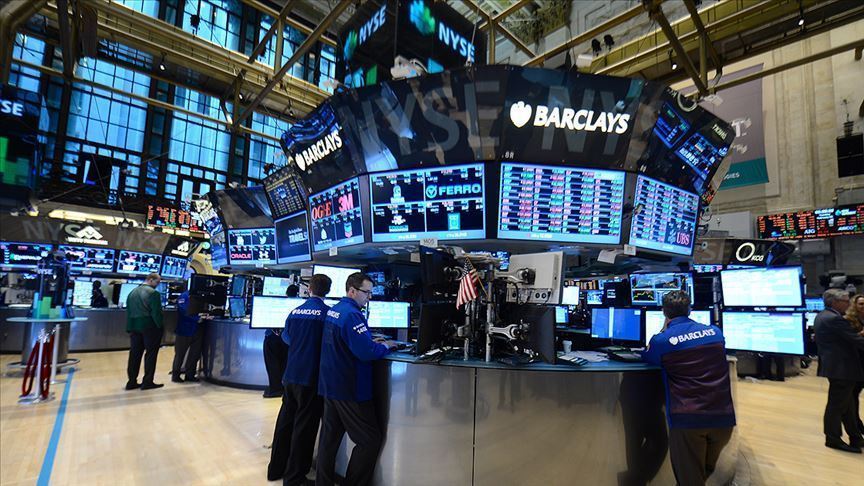While the macroeconomic data released in the US last week indicated that the economy is far from entering a recession yet, the intense data agenda that will continue this week is expected to have an impact on the direction of the markets.
Speaking at a conference last week, Federal Reserve Chairman Jerome Powell expressed a strong commitment to reducing inflation.
While many Fed officials who made statements after Powell's speech made comments showing that they were maintaining their ultra-hawk stance, the uncertainties in the pricing in the money markets disappeared.
Accordingly, the Fed's 90 percent probability that the Fed will raise interest rates by 75 basis points next week was priced in the money markets, while expectations for the next month began to take shape. While the expectation that the Fed will raise interest rates by 25 basis points with a 79 percent probability in October stands out, the probability of a 50 basis point increase in interest rates is at the level of 12 percent.
Macroeconomic data to be released in the US this week is expected to further shape expectations for the October meeting.
On the other hand, as the Fed's decisions at this month's meeting were largely priced in the markets, the dollar index retreated from its 20-year peak and stabilized at 108.8, starting the new week with a decline.
The barrel price of Brent oil is currently at $ 91 with a decrease of 0.8 percent, after starting the new week with sellers with risks regarding the global economy.
With these developments, the S&P 500 index decreased by 1.53, the Nasdaq index by 2.11 percent and the Dow Jones index by 1.19 percent in the New York stock market on Friday. Index futures contracts on the New York stock exchange started the new week with a flat course.
On the European side, the European Central Bank (ECB), which increased interest rates by 75 basis points for the first time in history last week, is expected to take a similar step in the next meeting.
ECB officials, who made statements at the weekend, emphasized the fight against inflation and continued their ultra-hawk comments, while the inflation data to be announced throughout the region this week placed the focus of investors.
While inflation in the region has reached record levels and does not show any signs of softening, the risk of recession is put on the back burner.
On the other hand, the euro/dollar parity, which fell to the lowest level of the last 20 years last week, continues to receive support from the falconry ECB. After starting the new week with an upward trend, the pair is at 1.0085, 0.4 percent above the previous close.
Problems related to energy supply in the region continue to exist.
On Friday, the FTSE 100 index gained 1.23 percent in the UK, the DAX 40 index gained 1.43 percent in Germany, the CAC 40 index in France gained 1.41 percent and the FTSE MIB 30 index in Italy gained 1.92 percent. In Europe, index futures contracts started the new week with gains.
While there were no transactions in Asian stock markets due to holidays in China, South Korea and Hong Kong stock markets, it is seen that the risk appetite of last week in the open Japanese stock market has moved to the new week.
While the dollar/yen parity continues to trade just below the peak of the last 24 years, it is currently at 143.
The Nikkei 225 index gained 1.07 percent in Japan, close to the closing.
Domestically, the BIST 100 index rose 2.44 percent to 3,521.38 points on Friday, breaking a weekly closing record, and reaching its highest level of 3,545.86.
While eyes are turning to the balance of payments data to be announced today, economists participating in AA Finans' survey expect the current account to have a deficit of 3 billion 470 million dollars in July.
After closing flat at 18.2345 on Friday, Dollar/TRY is trading at 18.2210 at the opening of the interbank market today.
Analysts stated that unemployment in the country, machinery orders in Japan, and industrial production and foreign trade balance data in the UK will be followed today, and said that, technically, the BIST 100 index's 3.550 and 3.600 levels are resistance and 3.480 points are support.











Comments
No comment yet.